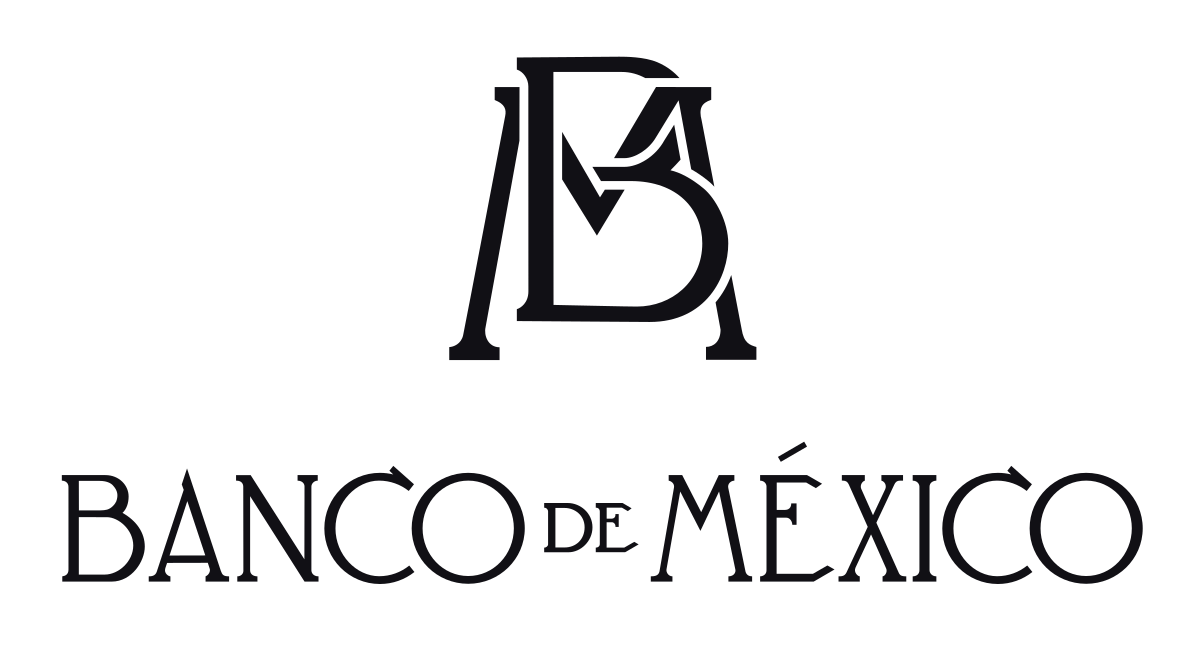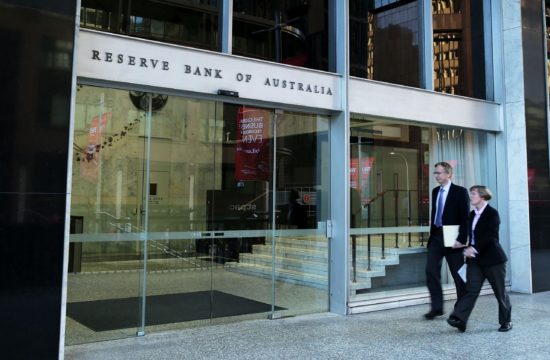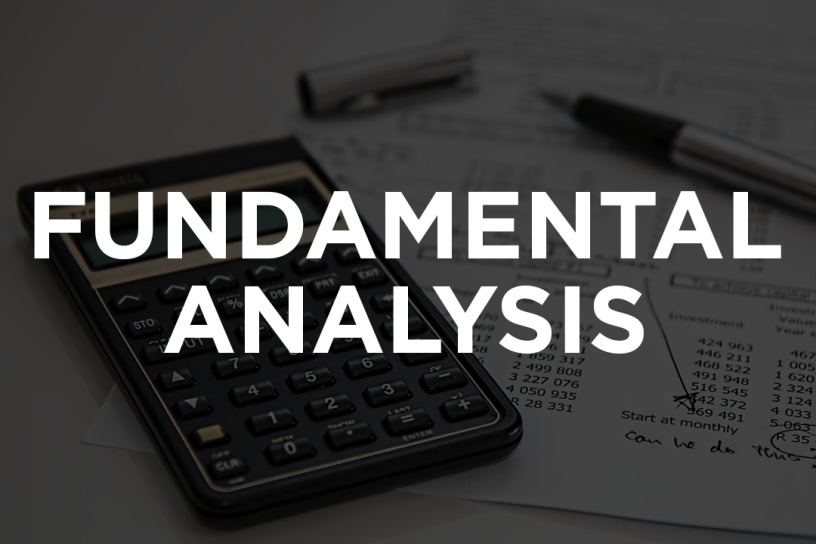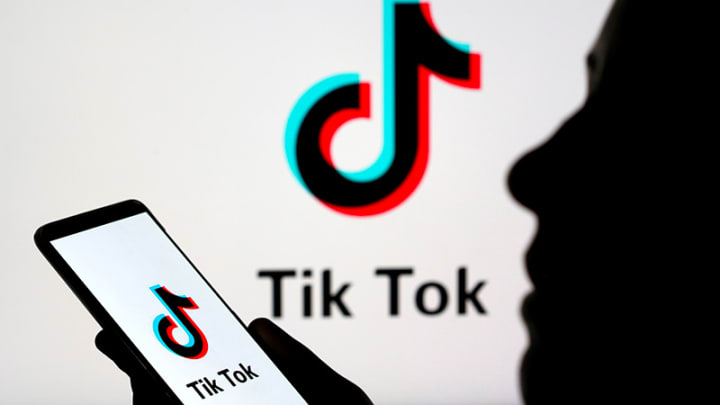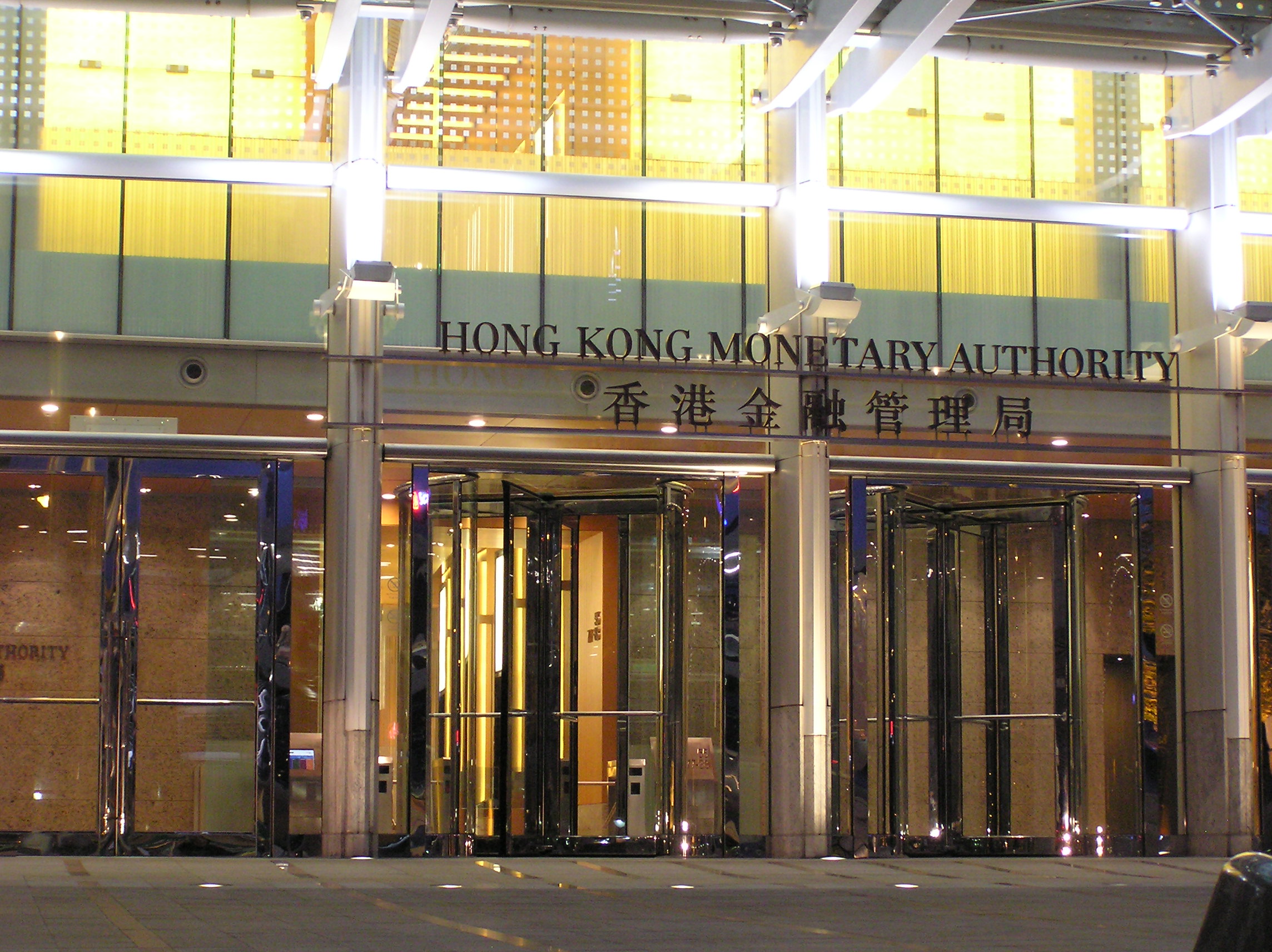Additional measures to foster an orderly functioning of financial markets, strengthen the credit channels and provide liquidity for the sound development of the financial system
The COVID-19 pandemic and its potential negative implications for global economic activity, together with the sharp fall in crude oil prices, have negatively affected the performance of financial markets in Mexico. Foreign exchange and fixed income markets continue to show low levels of liquidity and depth, and deteriorating trading conditions. In this environment, in recent weeks the financial authorities have taken several measures to foster a better functioning of these markets.
Today, Banco de México’s Governing Board approved additional measures to provide MXN liquidity to improve the functioning of domestic markets, strengthen the economy’s credit channels, and foster an orderly functioning of the debt and foreign exchange markets in Mexico. All measures are intended to reduce the possibility of credit institutions having a pro-cyclical behavior, and to create the conditions so that financial intermediaries can fulfill their primary function of providing financing to the economy, in particular to micro, small- and medium-size enterprises, and to those households that have temporarily undergone a reduction in their sources of income.
Altogether, the measures approved support the functioning of the financial system for up to MXN 750 billion. These measures coupled with those previously announced amount to 3.3% of 2019 GDP.
The measures agreed by the Governing Board are operations that the central bank can carry out on the basis of Banco de México’s Law, in particular those of extraordinary nature aimed at preventing disruptions in the payment systems that might occur as a result of the abovementioned circumstances.
- Increasing liquidity during trading hours to facilitate the optimal functioning of financial markets and payment systems.
In order to foster an orderly functioning of the money market in our country, Banco de México has maintained a daily level of excess liquidity during the financial markets’ trading hours. Implementing this measure prevents unnecessary pressures on the overnight interbank funding rate (the central bank’s monetary policy operational target rate), as well as on financial intermediaries’ short-term financing costs. This excess of liquidity is totally sterilized daily at the markets’ close.
Banco de México will continue to monitor Mexico’s money market trading conditions and will increase the level of liquidity during trading hours whenever deemed necessary.
The details of the daily amount of liquidity will be informed to the credit institutions through the systems managed by the central bank.
- Extending the securities eligible for the Ordinary Additional Liquidity Facility (FLAO, for its acronym in Spanish), foreign exchange hedging program operations, and USD credit operations.
In order to provide liquidity to securities that as a result of the conditions of uncertainty and volatility have observed impaired trading conditions, and low liquidity in the secondary market, and thus to prevent the segmentation of the debt market, Banco de México has decided to widen the eligibility of debt securities in the FLAO repos, and of collateral for foreign exchange hedges settled by differences in MXN, and for USD credit auctions.
This measure facilitates obtaining liquid resources that can be channelled to the granting of credit without weakening the credit institutions’ liquidity position. The securities eligible in MXN must have credit ratings equal to or higher than the equivalent to “A” in the local scale rating, or those equivalent to “BB+” in the global scale for securities denominated in foreign currency, as ranked by at least two rating agencies for each case.
The FLAO offers liquidity to commercial banks through collateralized credits or repos, the cost of which since April 1, 2020 is 1.1 times Banco de México’s target for the overnight interbank interest rate.
The final details of these measures will be released in the forthcoming amendments to Circular 8/2009, Circular 3/2017 and Circular 10/2015.
- Extending the counterparts eligible for the Ordinary Additional Liquidity Facility (FLAO, for its acronym in Spanish).
Banco de México has decided to extend access to FLAO to development banks in order for them to obtain liquidity through collateralized credits or repos, with the same cost of 1.1 times Banco de México’s target for the overnight interbank interest rate.
With this measure, Banco de México provides an alternative source of liquidity to development banks so that they can channel resources to productive projects that benefit the country.
The details will be released in the forthcoming amendments to Circular 10/2015.
- Government securities term repurchase window.
In order to provide liquidity to financial institutions holding government debt, Banco de México has decided to open a facility to repurchase government securities at longer terms than those of regular open market operations. This will allow such institutions to obtain liquidity without having to dispose of their securities under highly volatile conditions in financial markets.
The cost of the repurchase agreement will be equivalent to 1.02 times the average of Banco de México’s overnight interbank interest rate during the term of the transaction.
With this window, Banco de México facilitates an orderly intermediation of government securities (Cetes, Bonos M, Udibonos, Bondes D and BPAs), which will benefit financial institutions with liquidity needs.
The program will be for up to MXN $100 billion and may be adjusted depending on the conditions prevailing in financial markets.
The final details of this measure will be released in the forthcoming circular that will regulate these operations.
- Temporary securities swap window.
In order to promote an orderly behavior of Mexico’s debt market, Banco de México has decided to implement a debt securities temporary swap facility to provide liquidity for trading instruments which, as a result of uncertainty and volatility, have observed lower liquidity and impaired trading conditions in the secondary market. Local currency-denominated securities eligible for this operation must comply with the same credit criteria as those for the FLAO.
Under this facility, eligible institutions may deliver debt securities to Banco de México in exchange for government securities. Participating financial institutions will therefore be able to hold government securities and access liquid resources more rapidly.
The program will be for up to MXN $100 billion and may be adjusted depending on the conditions prevailing in financial markets.
The final details will be described in the respective circular to be published shortly.
- Corporate Securities Repurchase Facility (FRTC, for its acronym in Spanish).
Banco de México has decided to implement a corporate securities repurchase facility through credit institutions in order to provide liquidity to short-term corporate securities and long-term corporate debt that, as a result of the conditions of uncertainty and volatility, have observed lower liquidity and impaired trading conditions in the secondary market. The securities eligible for repo operations will be those issued by non-financial institutions in the private sector residing in Mexico and that comply with the same criteria as those for the FLAO.
The cost of the repo agreement will be the equivalent to 1.10 times the average of Banco de Mexico’s overnight interbank interest rate during the term of the transaction.
By opening this facility, Banco de Mexico seeks to improve the functioning of the corporate debt market and facilitate the reactivation of a market of major importance for firms to obtain financing.
The program will be for up to MXN $100 billion and may be adjusted depending on the conditions prevailing in financial markets.
The final details will be released in the forthcoming circular that will regulate these operations.
- Provision of resources to banking institutions to channel credit to micro, small-, and medium-size enterprises and individuals affected by the COVID-19 pandemic.
In order to foster lending to micro, small-, and medium-size enterprises and individuals affected by the COVID-19 pandemic, Banco de México has decided to open a financing facility for commercial and development banks to allow them to channel resources to these enterprises and individuals.
Banco de México will release resources associated with the Monetary Regulation Deposit (DRM) or, if necessary, will provide financing at terms of between 18 and 24 months, with a cost equal to the overnight interbank interest target rate, to commercial and development banks’ new loans to the enterprises and individuals mentioned above. Financing will be guaranteed through securities that must comply with the same eligibility criteria set for the FLAO. To ensure that the origination and management of the portfolio complies with these provisions, the registry and monitoring of loans associated with this facility will be carried out either by a development bank, under the same terms of other programs implemented by such institutions, or directly by Banco de México. These resources can be combined with the guarantee programs implemented by development banks and development finance institutions.
With this scheme, the central bank provides resources to strengthen credit channels in the economy so they can benefit firms and households that may face temporary reductions in their sources of income, thus benefiting employment and sectors of the population that lack access to other sources of financing.
The program will be for up to MXN $250 billion and may be adjusted depending on the conditions prevailing in financial markets.
The final details will be released in the forthcoming circular that will regulate these operations.
- Collateralized financing facility for commercial banks with corporate loans, to finance micro, small- and medium-size enterprises.
In order to provide financing to commercial banks that have recently had their liquidity reduced, as corporate sector enterprises have used credit lines, Banco de México has decided to temporarily open a financing facility for banks which will be guaranteed by credits to corporates that issue public debt, so that this financing can be channeled to micro, small- and medium-size enterprises in Mexico.
Banco de México will provide financing at a term of 18-24 months, with a cost equal to that of the target for the overnight interbank interest rate, guaranteed by credits to firms with a credit rating equal to or above “A” in the local scale, as ranked by at least two rating agencies.
Just like in the previous case, the record and the follow-up of new credits associated with this facility will be carried out by a development bank or a development finance institution, under the same conditions as other programs managed by these institutions or else directly by Banco de México.
Through this facility, the central bank provides resources to strengthen the credit channels in the economy, so that these resources can be used by micro, smalland medium-sized enterprises in Mexico, which have suffered a temporary reduction in the sources of income.
The amount of the program will be for up to MXN $100 billion and could be adjusted depending on the conditions prevailing in financial markets.
The final details will be released in the forthcoming circular that will regulate these operations.
- Swaps of government securities.
To promote the proper functioning of the government debt market, Banco de México will implement swaps of government securities, in which it will receive long-term securities (10 years and longer) and will deliver other with maturities of up to 3 years. The characteristics and terms of each swap will be determined in each auction call.
The amount of the program will be for up to MXN $100 billion and could be adjusted depending on the conditions prevailing in financial markets.
The auctions’ final terms and conditions will be released in the forthcoming amendments to Circular 8/2014, as well as in the respective auction calls.
- Foreign exchange hedges settled by differences in US dollars with counterparts not domiciled in the country, to be traded during hours when Mexican markets are closed.
Considering the characteristics of the Mexican peso as a global currency with ample liquidity and which is traded 24 hours a day, Banco de México, following the instruction of the Foreign Exchange Commission, and abiding by the same terms of the Currency Hedging Program that is currently in place, will incorporate into its foreign exchange intervention tools, the possibility to conduct hedge transactions settled by differences in US dollars. This will be done in order to operate during the hours when Mexican markets are closed. These transactions will therefore be conducted at any moment through entities domiciled outside of Mexico.
The goal of this complementary tool will be to provide orderly operating conditions in the MXN/USD exchange market, particularly during Asia and Europe trading hours, as per determined by the Foreign Exchange Commission.
* * *
In order to maintain an adequate risk management in the implementation of these measures, Banco de México will continue to apply the best practices for collateral management to determine the appropriate discount factors for the mark-to-market valuation of the assets it receives in collateral, as well as the mechanisms to ensure their sufficiency.
Banco de México expects these measures to be in force until September 30, 2020, except for the 10th measure, the validity of which will be determined by the Foreign Exchange Commission.
Banco de México will continue to follow closely the evolution of Mexican financial markets and will permanently assess their trading conditions. If necessary, it will take all actions within its responsibility, in strict compliance with the legal framework and in coordination with other financial authorities.

